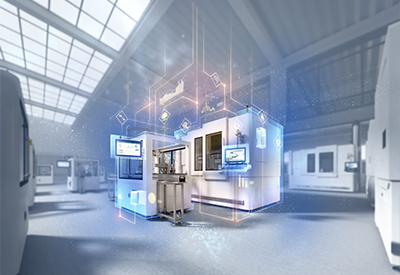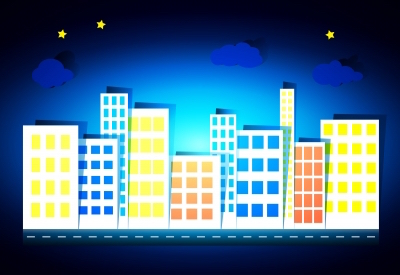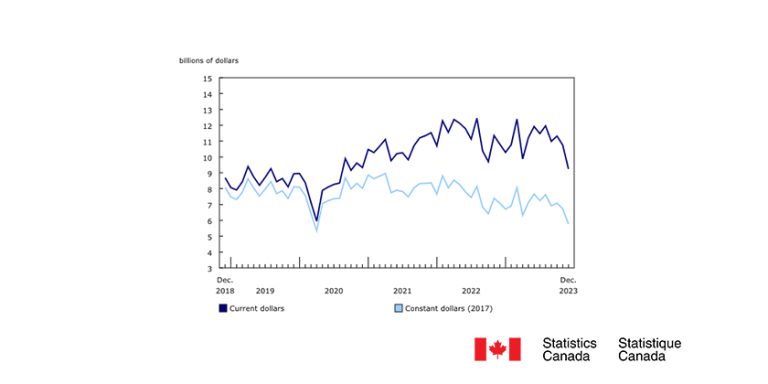What You Need to Know About Cloud, SaaS, and Lighting Systems

Sept 30, 2018
There has been a lot of talk about cloud computing and Software-as-a-Service (SaaS) models these days but both are relatively new to the lighting industry. Let’s take a look at what they are as well as their roles in commercial lighting.
What is cloud computing?
Cloud computing is the on-demand delivery of compute power, database storage, and applications via the Internet with pay-as-you-go or subscription-based pricing. Cloud computing means that instead of all the computer hardware, software, and data that you are using sitting somewhere inside your company’s network, it’s provided and managed for you as a service by another company and you access it over the Internet. If you’ve used Netflix or cloud back-up for your photos, you’ve used cloud computing.
SaaS model and smart lighting systems
Today, most lighting control software is offered as an on premise offering. This means the software runs on a server in your building. In the future, we can expect to see lighting controls software offered using the SaaS model.
SaaS is a software application that you run that is not located on your premises. A service provider such as Google or Amazon hosts the application (in this case from a lighting control system vendor) at its data centre in the cloud. A customer accesses the software via the Internet using a standard web browser and the cost of this service is subscription based.
Benefits of a SaaS-based model
• Lower cost of entry — SaaS offerings are sold on a subscription basis that includes upgrades, maintenance and some level of customer support. The upfront capital costs of servers and peripherals can be cut and the complexities of maintaining them on-site can be avoided.
• Quick to deploy — you can access the SaaS solution with a browser and an internet connection immediately.
• Use anywhere — accessing the SaaS solution can be done from anywhere at any time.
• Seamless upgrades and backups — the SaaS vendor is responsible for upgrades, back-up, uptime and security.
• Scalability — SaaS offerings can react quickly to change. If a space size, number of occupants, or use of the space changes, a SaaS offering can support the change without affecting performance levels.
Smart building IoT applications
Today’s advanced lighting systems can sense and control a change at the individual fixture level, enabling a host of new smart building IoT applications that create efficient, healthy, flexible, and collaborative workspace environments. In fact, smart lighting systems are creating the data network infrastructure that enables non-lighting applications such as restacking, conference room rationalization, wayfinding and more.
How? Lighting is ubiquitous and every luminaire in every corner of every commercial building can house sensors for capturing data about the space. Lots of accurate, useful data.
Smart building applications rely on this information. Using data analytics, these applications are generating insights and intelligence about the space that can help businesses generate more revenue, solve existing pain points, improve efficiencies, automate common tasks, create better workspace environments, and more.
The cloud will provide the compute power, storage and applications software to make this a reality. Software for these applications will be delivered to end customers using the SaaS model.
To learn more about advanced lighting systems that are enabling IoT applications, download more information here: https://info.osram.us/encelium-extend-brochure
This article was first published online as a blog.

















